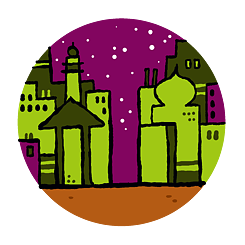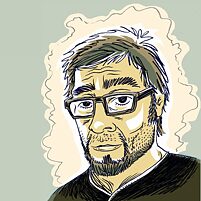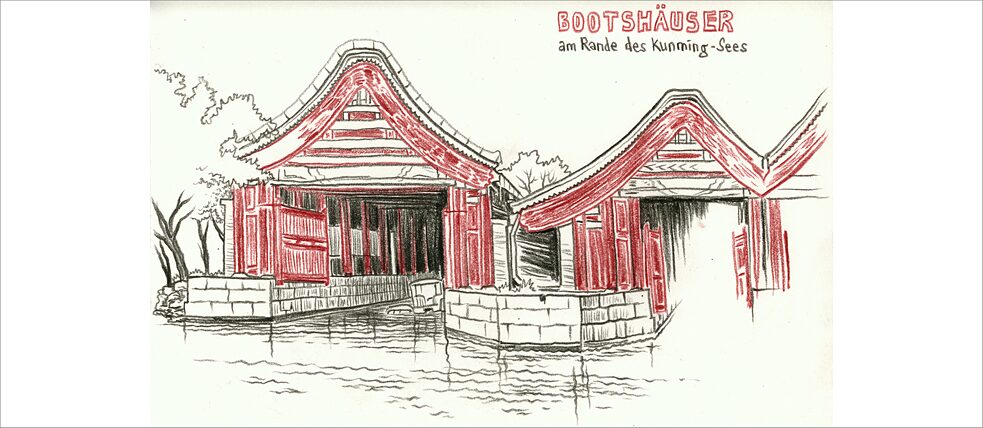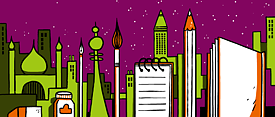Jens Wiesner on "Cités - Beijing"
Harder got into the habit of drawing in his hotel room in the evening from photographs and sketches he’d made on site... This procedure also explains the noticeable change in style within the series. The more sketch-like drawings are the ones that Harder drew in China."














